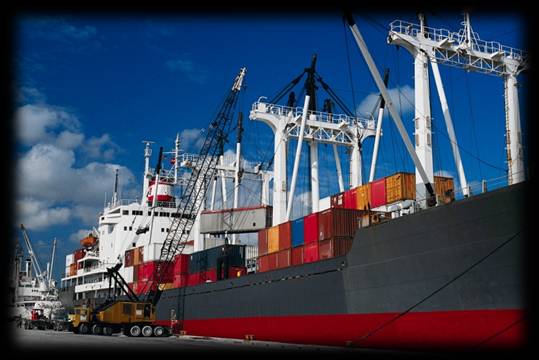Importer Security Filing (10 + 2)
10 + 2 DATA REQUIREMENTS COMING FOR MARITIME IMPORTERS
Importers and carriers bringing cargo into the U.S. on maritime vessels will soon have to provide U.S. Customs and Border Protection (CBP) with even more data. This new proposal from CBP has been named 10+2.
The 10+2 proposal requires carriers to provide two additional data sets and
importers to file 10 additional data sets. The new importer transmission,
called the Importer Security Filing (ISF), is separate from the carrier’s manifest
and the broker’s entry. A key part to the ISF is that it must be accepted by
CBP 24 hours prior to the container being loaded at the foreign port.
|
|
 |
In the ISF, the importer will be responsible for filing:
|
| 1. | Manufacturer (or supplier) name and address |
| 2. | Seller name and address |
| 3. | Buyer name and address |
| 4. | Ship to name and address |
| 5. | Container stuffing location |
| 6. | Consolidator (stuffer) name and address |
| 7. | Importer of record number / FTZ (Free Trade Zone) applicant identification number |
| 8. | Consignee number(s) |
| 9. | Country of origin |
| 10. | Commodity HTSUS number (up to the 6 digit level required, 10 is accepted) |
SmartBorder’s 10+2 software is the ideal solution for all parties involved in the
transaction. Importers who like to take things into their own hands can file their
own ISF through SmartBorder’s online web portal, while Customs Brokers and Freight
Forwarders can use our 10+2 service center module that has established links with
SmartBorder ABI. Intuitive cataloging for venders and parts with customizable
EDI messages both in and out of our system make SmartBorder 10+2 one of the most
flexible software options out there.
If you would like to find out more information about SmartBorder’s 10+2 software,
contact us using our web form.
Importers can choose to have a service provider, any party with a power of attorney
and bond, complete the ISF on their behalf.